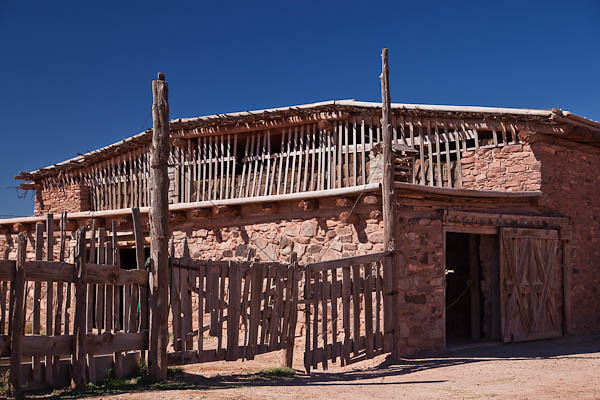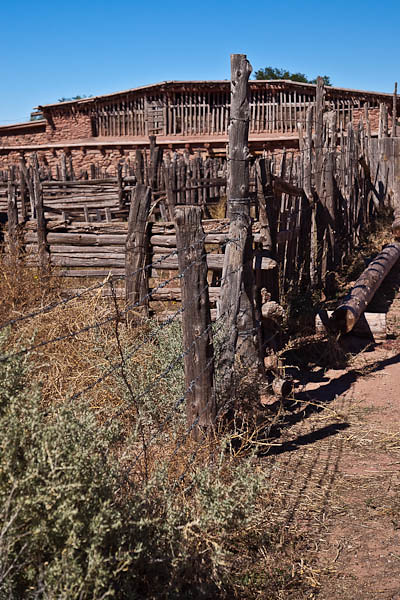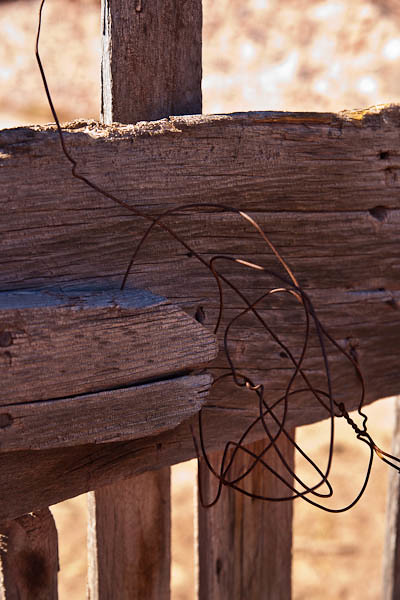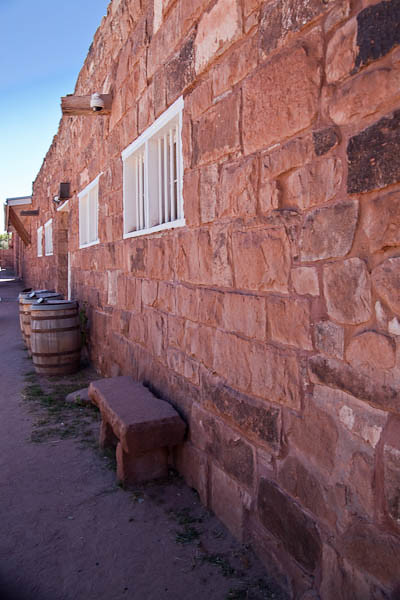I was going to move on to Mesa Verde, but then I found another catalog of photos taken of the exterior of Hubbell Trading Post NHS and also of Canyon de Chelly National Monument. So today I’m posting the last of Hubbell — honest! — and tomorrow I will do just a few of the Canyon. We were only able to spend a few hours at de Chelly, so I have only the most basic of road side shots, but for anyone who has never seen those glorious red canyons, they deserve to be seen.
All the while we were walking around the Hubbell Trading Post, I felt like I was in a different era. Half expected to see a trading expedition come in. But no, mostly just the ghosts of the past, and a few, very talented Navajo artists who exhibit and sell their art at the Post.
So, when the pace of today gets too much, and you vow you want to return to a simpler life, take a visit (or a photo visit) to Hubbell Trading Post NHS in northern Arizona. You’ll either yearn for the olden days — or be more appreciative of some of the things that make your life a heck of a lot easier.












